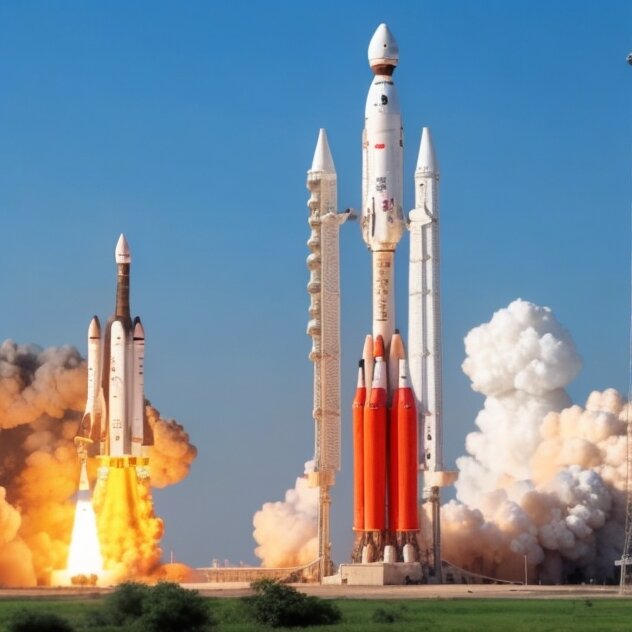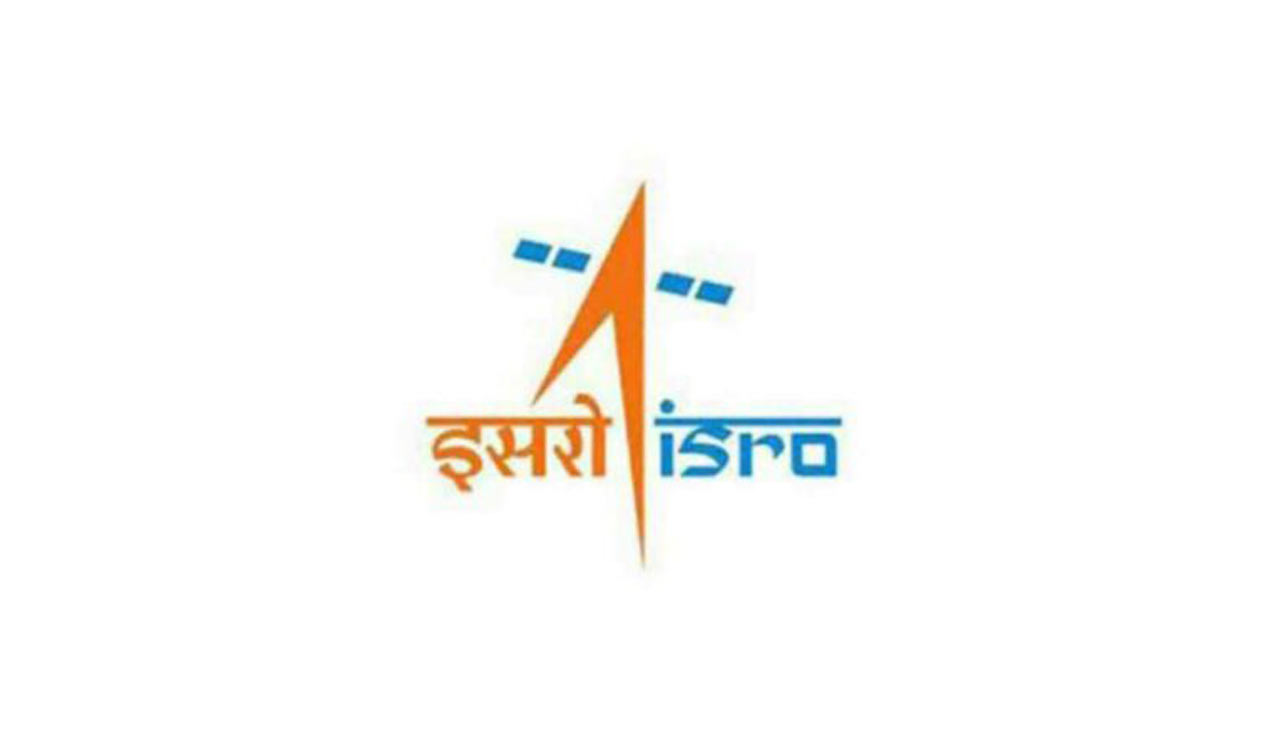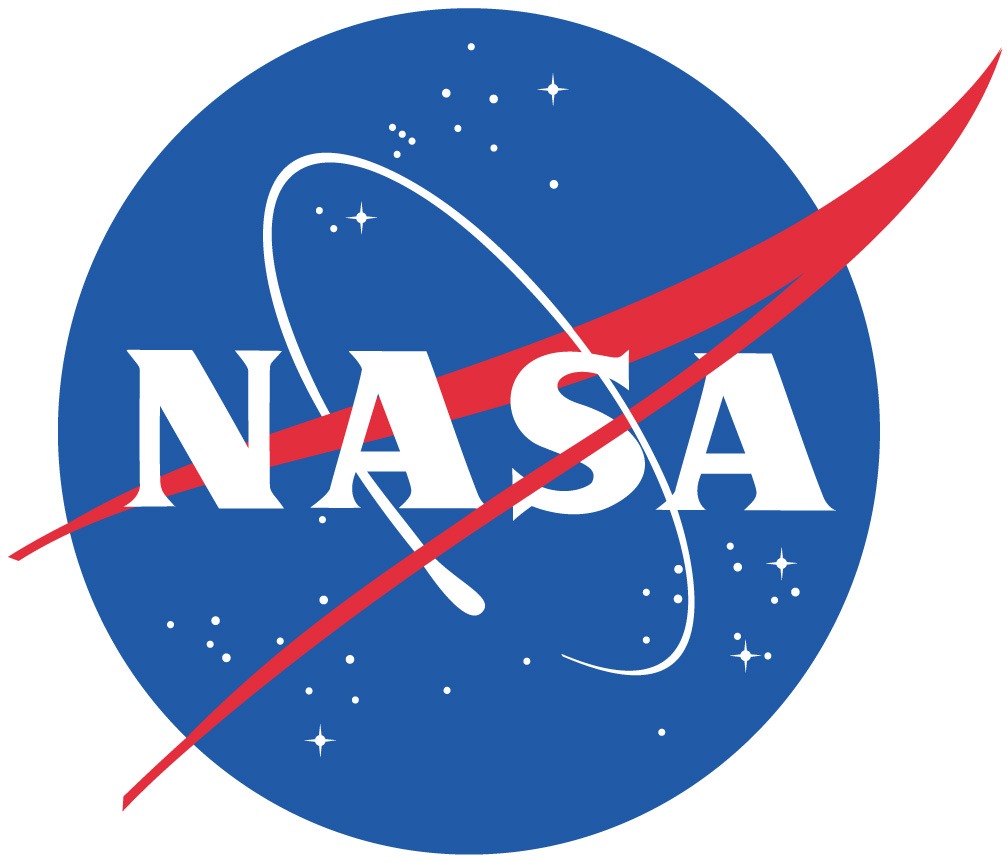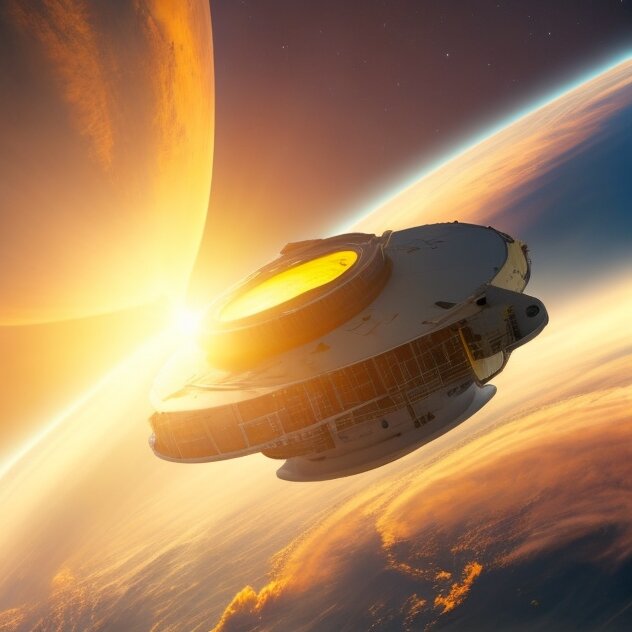Introduction: The Sun, our closest celestial neighbor, plays a pivotal role in the intricate dynamics of our solar system. Its profound impact on Earth’s climate and the broader space environment has spurred the interest of space agencies worldwide. Two standout solar missions, NASA’s Parker Solar Probe and the Indian Space Research Organization’s (ISRO) Aditya-L1, have embarked on quests to unlock the secrets of this radiant star. In this article, we provide an insightful comparative overview of these remarkable missions.

1. Unraveling Solar Mysteries: Objectives
Aditya-L1: The primary objective of Aditya-L1 is to explore the enigmatic corona, the Sun’s outermost layer. It seeks to uncover the secrets behind the corona’s extreme heating, solar emissions, and their potential impact on climate change.

Parker Solar Probe: NASA’s Parker Solar Probe, conversely, is on a daring mission to approach the Sun closer than any human-made object in history. Its primary focus is to gather essential data about the Sun’s outer atmosphere, with a specific emphasis on understanding the mechanisms driving the extreme heat of the solar corona.
2. A Cosmic Odyssey: Launch
Aditya-L1: ISRO has scheduled the launch of Aditya-L1 for the year 2023. The spacecraft will commence its journey from Sriharikota, propelled by the potent PSLV rocket.

Parker Solar Probe: NASA’s Parker Solar Probe embarked on its mission on August 12, 2018, with a launch atop a Delta IV Heavy rocket.
3. Proximity to Power: Distance from the Sun
Aditya-L1: Aditya-L1’s ultimate destination is the L1 Lagrange point, situated approximately 1.5 million kilometers from Earth. This strategic position offers a unique vantage point for continuous solar observation.
Parker Solar Probe: Over its planned seven-year mission, the Parker Solar Probe will venture astonishingly close to the Sun, reaching within approximately 6.16 million kilometers of its searing surface.
4. Scientific Vigilance: Duration
Aditya-L1: ISRO anticipates that Aditya-L1 will remain operational for at least five years, tirelessly observing our radiant star.

Parker Solar Probe: NASA’s Parker Solar Probe is slated for a seven-year mission, during which it will endure the Sun’s relentless radiation.
5. Instrument Arsenal: Payloads/Instruments
Aditya-L1: Aditya-L1 will be equipped with a suite of instruments designed to scrutinize various layers of the Sun, including the photosphere, chromosphere, and corona. Its mission aims to capture critical data on solar flares, Coronal Mass Ejections (CMEs), and other solar phenomena.
Parker Solar Probe: NASA’s probe carries a sophisticated suite of instruments tailored for the comprehensive study of the Sun’s magnetic fields, solar wind, and solar energetic particles in the corona. Additionally, it boasts imaging equipment to capture the intricate structures of solar wind.
6. Funding the Voyage: Budget

Aditya-L1: ISRO has allocated a budget of approximately 400 crore rupees to support the Aditya-L1 mission.
Parker Solar Probe: NASA’s Parker Solar Probe, as a flagship mission, commands a substantially higher budget, with an estimated cost of around $1.5 billion.
7. Mission Distinctiveness: Unique Features

Aditya-L1: Aditya-L1 marks India’s maiden dedicated solar mission. It promises continuous solar monitoring from its advantageous position at the L1 Lagrange point, providing critical insights into various solar phenomena.
Parker Solar Probe: NASA’s Parker Solar Probe distinguishes itself with its innovative thermal protection system, a cutting-edge heat shield that safeguards the probe from the Sun’s intense heat and radiation during its daring close flybys.
Conclusion: In conclusion, both the Aditya-L1 and Parker Solar Probe missions, despite their distinct approaches, objectives, and scale, share a common goal: to deepen our understanding of the Sun. The collective data they promise to yield will be invaluable in advancing solar science and, consequently, enhancing our comprehension of the Sun’s pivotal role in shaping the solar system, particularly its influence on Earth.




Leave a Reply